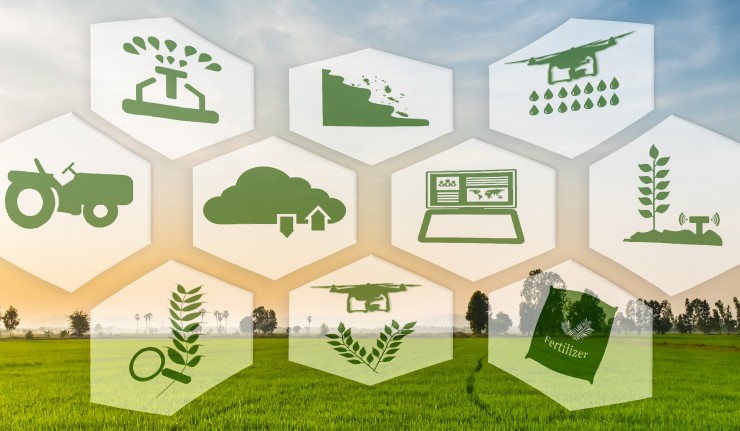The Challenges
The agriculture sector continues to play a central role in Pakistan’s economy, being the second largest sector, accounting for over 25% of GDP. It remains by far the largest employer, absorbing 45% of the country’s total labor force. However, this sector is facing many challenges such as
- lack of optimal use of water resources, no new large dams built recently
- low per acre yield due to lack of adoption of modern farming techniques
- increase in water logging and salinity as well as soil erosion
- division of land due to population explosion
Then there other problems such as
- lack of education and health facilities (less than 1 doctor per 1000)
- lack of access to the electric grid
- even if there is access to the grid, there is prolonged load-shedding
- lack of infrastructure in the remote areas due to which the farmers do not have quick access to the markets
Due to the above factors there is a continued movement of people from villages to cities which have their own set of problems and are not ready to handle this challenge. According to the World Bank data the percentage of population that is living in rural Pakistan has decreased from 78% in 1960 to 61% in 2015. That is there is a decrease of 0.31% in rural population (and increase in urban population) each year. If this trend continues by 2050 there would be more people living in urban areas than in rural areas of Pakistan.
According to International Telecommunication Union (ITU) — with some 18% internet users — Pakistan is ranked alongside African countries for internet penetration. However, according to latest figures released by PTA the number of broadband subscribers has increased to 48 million which is about 22.6% of the population.
Pakistan Has Reached a Tipping Point
According to PEW Research there is a positive correlation (above 80%) between number of internet users and GDP and number of smartphone users and GDP of a country. Therefore a strong argument can be made in favor of increasing the internet penetration and smartphone penetration within the country. Once this is put in place, ICT enabled services such as mobile banking, e-Health and e-Learning can be provided in remote areas.
World Bank research indicates that, for high-income countries, a 10-percentage-point rise in broadband penetration adds a 1.21-percentage point rise in economic growth (GDP). This number increases to 1.38 percentage points for low- and middle-income countries like Pakistan.
Similarly, according to World Economic Forum, there is a positive impact of 2.8 percent in GDP from a 10 percent increase in telecommunications infrastructure, but only once a minimum threshold density is reached. A 2009 analysis determined that the threshold of broadband density required to have significant impact was around 20%. According to recent estimates Pakistan has just crossed this threshold and things are looking brighter for the future.

PTA figures updated September 2017
The Way Forward
According to World Economic Forum 5 policy actions are recommended to increase the positive benefits of ICTs to groups at the base of the economic pyramid.
These are:
- focus public resources and incentives for building broadband Internet access out to rural and underserved communities.
- connect schools and libraries to broadband Internet service and ensure widespread connectivity within schools.
- remove excess taxation on devices and access, and consider targeted subsidies for certain populations.
- develop robust ICT training curricula and programs (think Digiskills!!!).
- focus on closing the gender gap in ICTs.


you defined the problems nicely but your WAY FORWARD is a joke, remote societies can’t afford expensive wireless broadband, same is with the provider.
and your looking to solve Water problem through Broadband WOW! that’s something new!
Individual MIcro Grids can be installed for electricity and power.
and How are you going to solve infrastructure problem through Broadband and education?? Are they going to Tweet their products to bigger markets?
Have you heard about e-Learning and e-Health
Very sad to say we are encouraging our people to expend money on phones rather than basic needs like houses with bathrooms, atleast times meal , clothes, necessary life saving medicines for their elder. Have you ever surveyed the positive utilization of internet by youths in urbsn areas. God forgive, what is percentage of literacy rate in rural areas, first educate prople and then suggest nonsense gadgets.